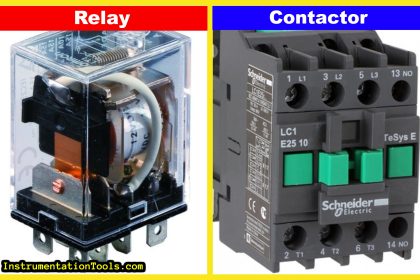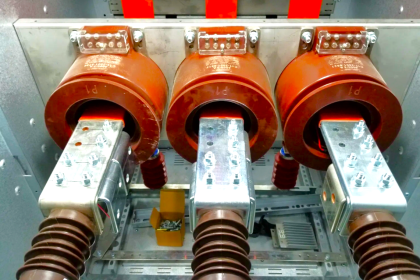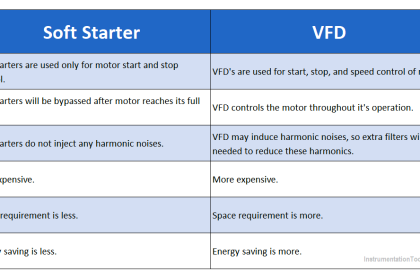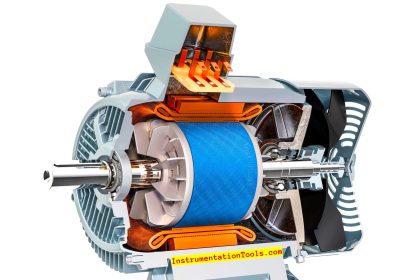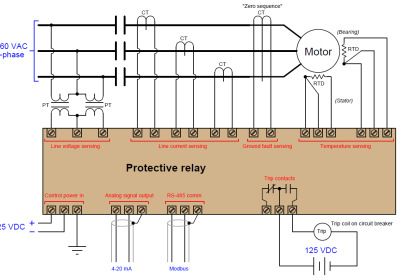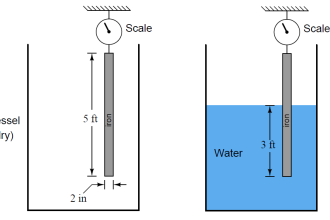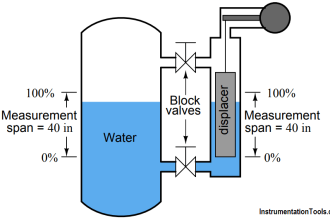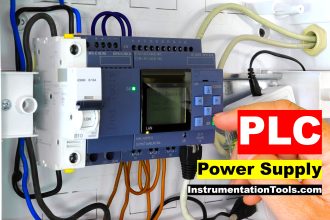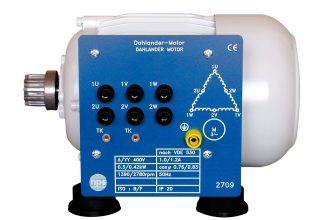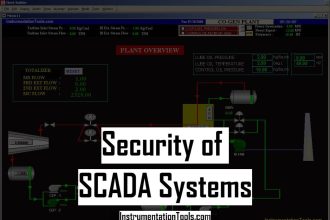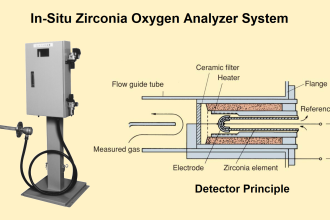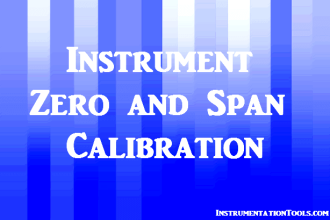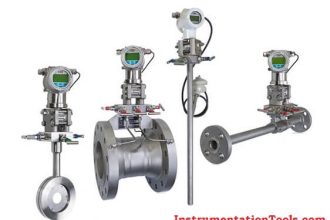We all know how important an inverter is in our lives. It is installed at various locations, be it our home or an industrial premises. Inverters help to give us electricity in case of a power outage, and when the power resumes back, the inverter goes out of the picture and charges itself.
Well, apart from the regular inverters that we use, there are also solar inverters that are used nowadays.
What is a Normal Inverter?
An inverter is an electronic device that is used to convert DC supply into AC supply. It initially takes AC power as input and converts it into DC power to charge the batteries inside. Then, the batteries feed the DC power into an inverter circuit which converts it back into AC power for the loads connected. The inverter is connected between the load and the AC power supply.
In normal conditions, the AC supply is first converted into a DC supply and supplied to the batteries for charging. At the same time, the AC supply is also passed directly to the load. In case of a power outage, the batteries come into play when they pass the stored DC energy to the inverter circuit, which converts it into AC power. This AC power is then fed to the load.
For deciding between switching of AC power and battery power, a high-speed semiconductor switch is present inside. This switch is automatic in function and detects whether AC supply is present or not. If it is present, then it prevents battery output from reaching the load. If it is not present, then it prevents direct AC supply from reaching the load.
How does a Solar Cell function?
Before understanding how a solar inverter works, let us first understand how a solar cell works and generates electricity. A solar cell is made of pure silicon crystal. Such numerous cells are mounted in a panel, and such multiple panels together form a solar unit generation.
A cell has two layers – one of p-junction and the other of n-junction. P-junction is filled with holes and the n-junction is filled with electrons. When solar light strikes the n-layer, electrons get the photon energy from the sun rays to start moving towards the p-junction. Similarly, holes will start to move towards n-junction.
Electricity requires a flow of electrons and due to this flow, the electrons will start generating an electric field and conduct electricity. It is to be noted that the solar cell generates DC power. The higher the sunlight, the higher the voltage generated and when the lower the sunlight, the lower the voltage generated.
What is a Solar Inverter?
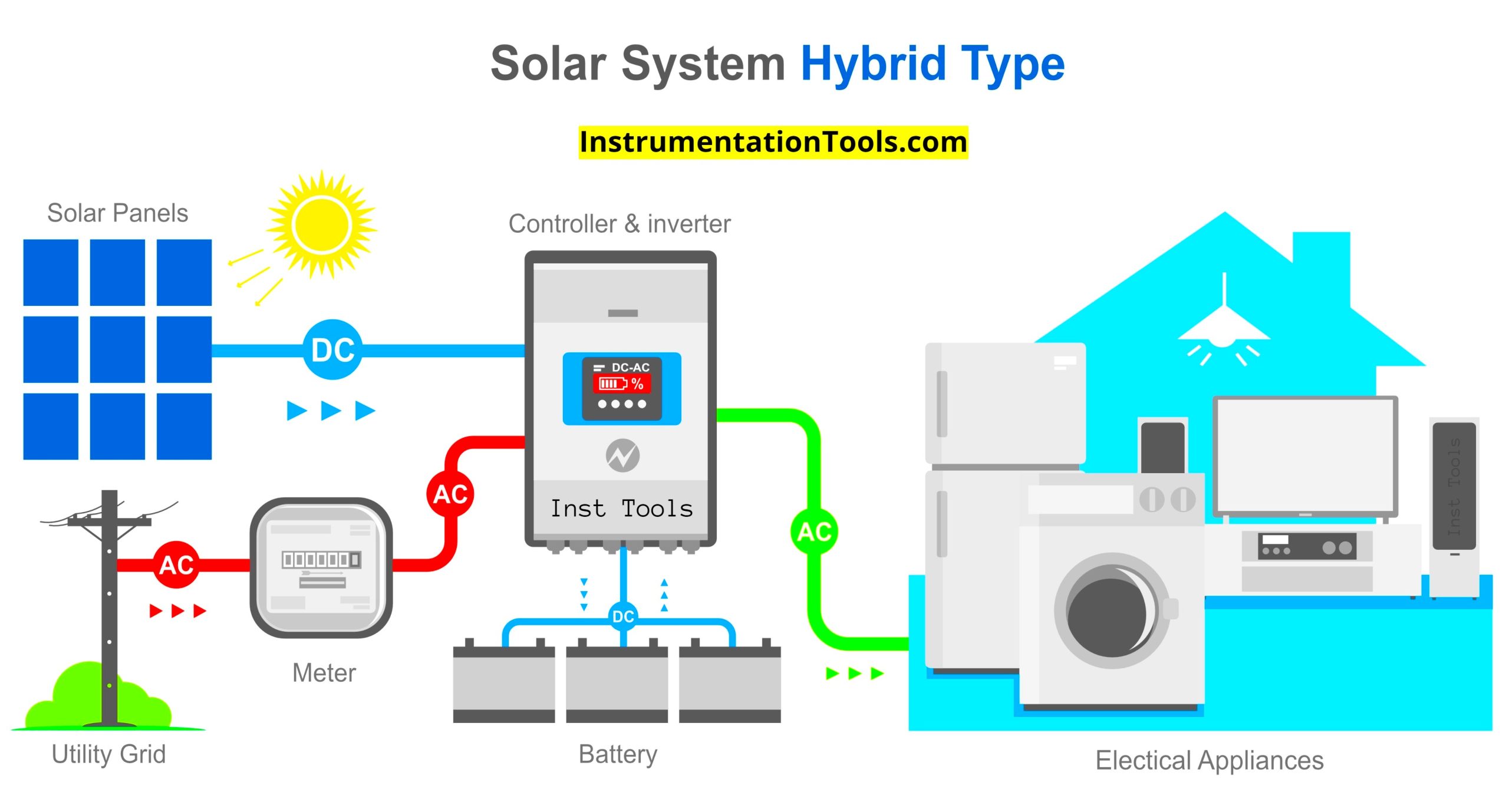
A solar inverter has the same functioning as a normal inverter; the only difference being of two additional components – a charge controller and a blocker. At night times or during very low day sunlight, when the battery does not get charged by rays, it tends to discharge or basically when not in use.
Due to this, reverse current will flow back to the solar cell. To avoid this, a circuit of blocker diodes are used. They will block the reverse current from flowing back to the solar cell and hence, prevent battery discharging, especially during these times.
Now, a charge controller is used to provide a stable DC output waveform, irrespective of the sunlight thrown on the cells. Because, as sunlight is irregular many times, the DC output from the cells too will vary and this will adversely affect the charging time of the inverter batteries. So, to prevent overcharging or undercharging, the controller is a type of switch inside the inverter.
During the daytime, it will allow only the required amount of current to pass for charging the batteries and keep it limited. During night times, it will allow the batteries to pass current to the load instead of power from DC solar cells, which will be almost zero during that time.
Solar inverter vs. Normal inverter
Let’s discuss the key differences between the solar inverter and the normal inverter.
- A normal inverter takes AC input from the power supply grid for the load, whereas a solar inverter takes DC input from the solar cells for the load.
- Power consumption bills are much lower in a solar inverter than in a normal inverter due to the use of renewable energy sources – solar energy.
- The cost of a solar inverter is higher than a normal inverter.
- Solar inverters can run more efficiently for a case of daily charge and discharge, than a normal inverter.
- Carbon footprints and environmental energy efficiency records are far better in a solar inverter than in a normal inverter.
- Because solar inverters are dependent on light, the loads tend to get a low output current in case of dim lights or unpredictable weather conditions. This is not the case in a normal inverter, as you will always get the power; just as long as the power utility fails to supply power. So, the reliability factor of a normal inverter is higher than a solar inverter.
- The operation of a solar inverter is trickier and requires more experienced engineering knowledge than operating a normal inverter.
If you liked this article, then please subscribe to our YouTube Channel for Instrumentation, Electrical, PLC, and SCADA video tutorials.
You can also follow us on Facebook and Twitter to receive daily updates.
Read Next:
- What is a Circulating Pump?
- What is a Transparent Solar Panel?
- Wastewater Treatment Pumping Station
- Controlled Inverter Objective Questions
- How is Electricity Generated From Solar Energy?

